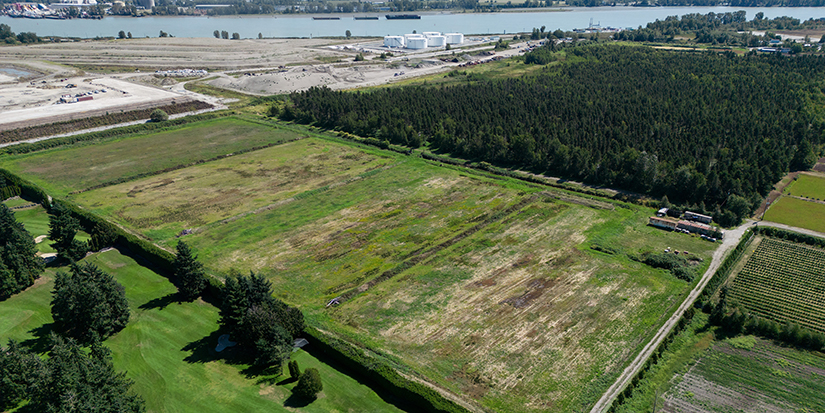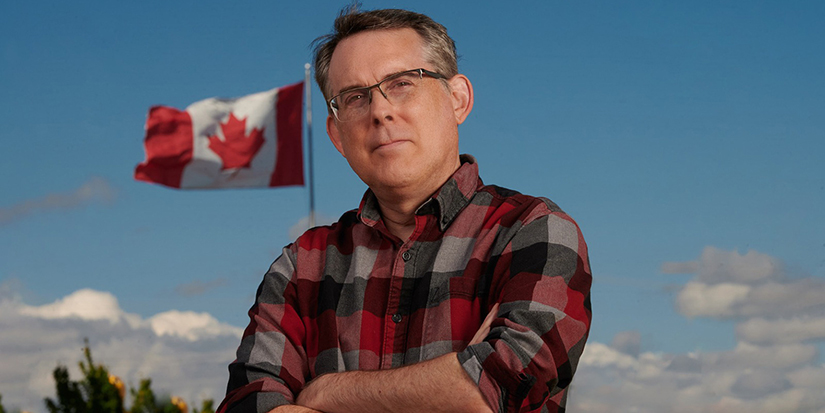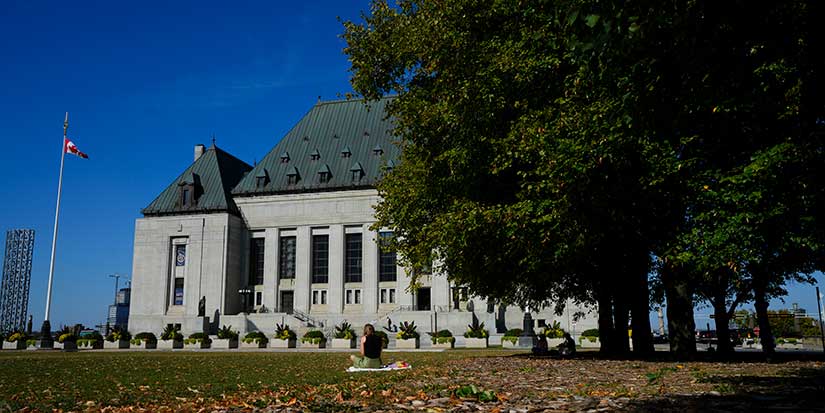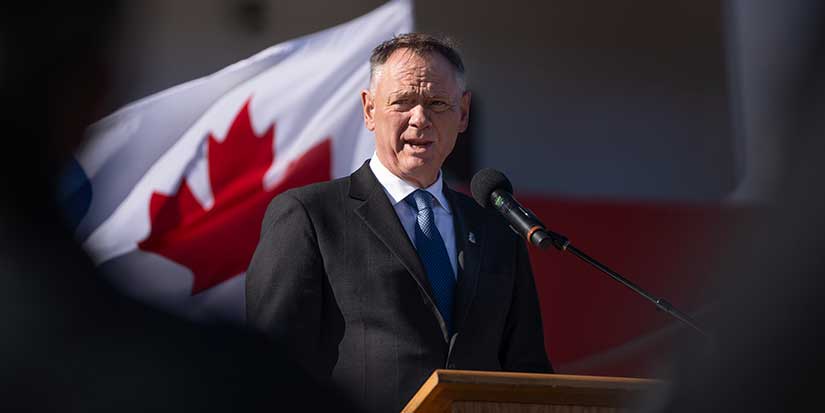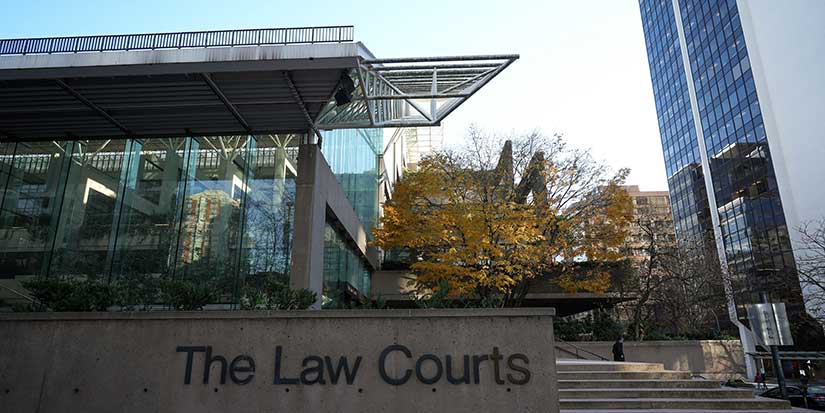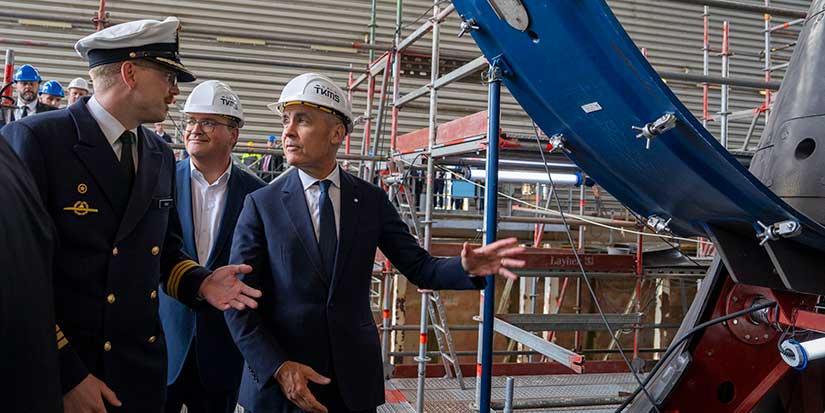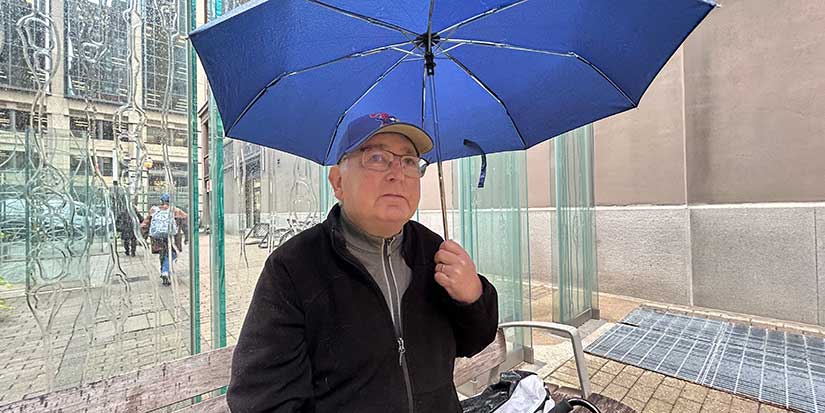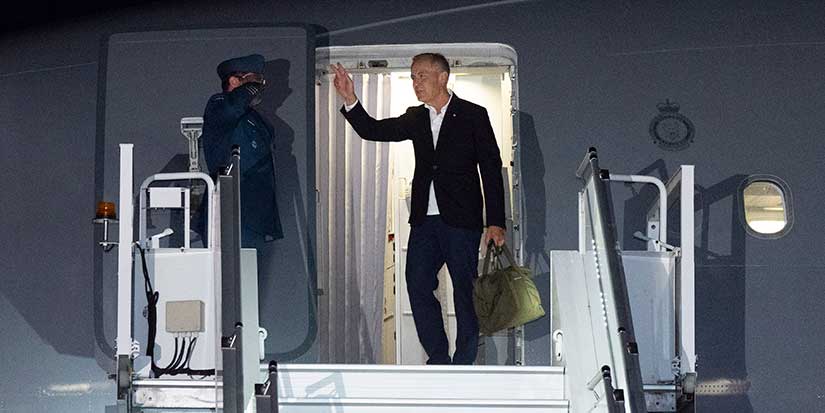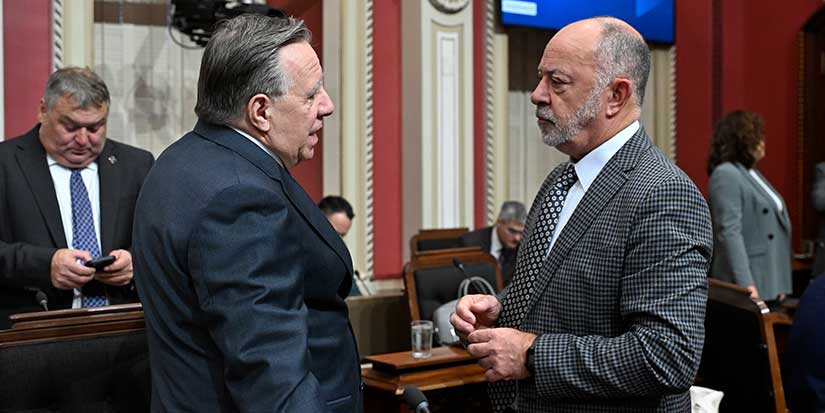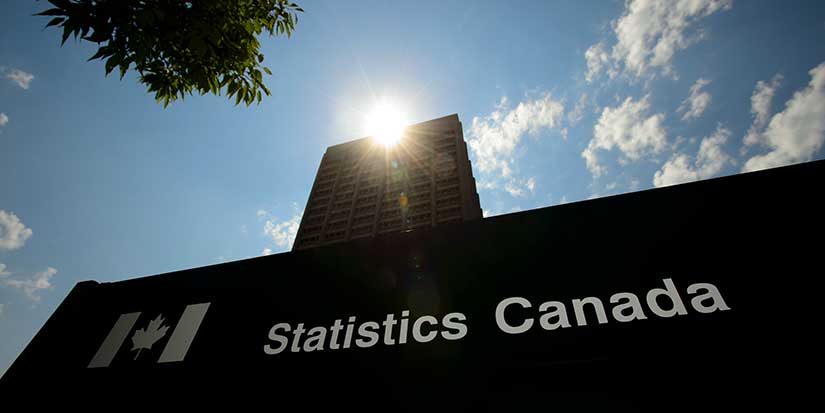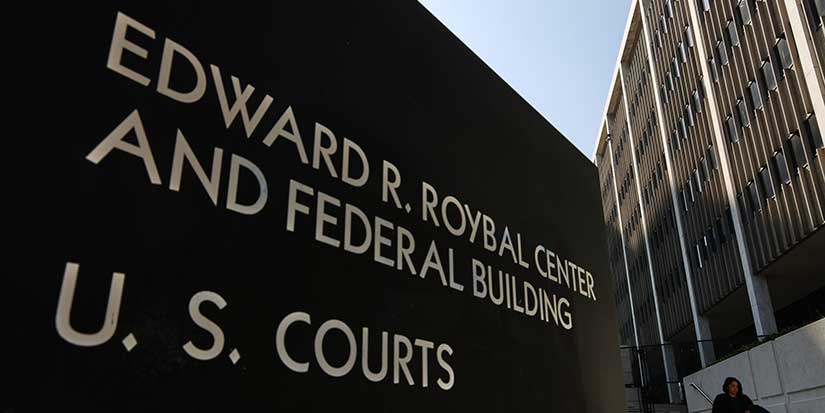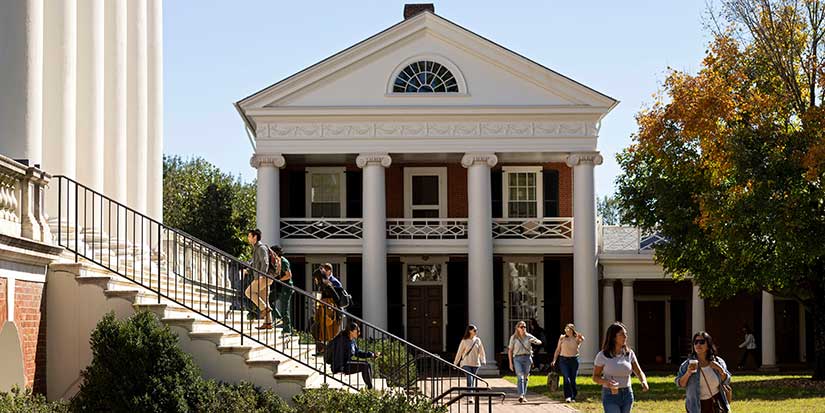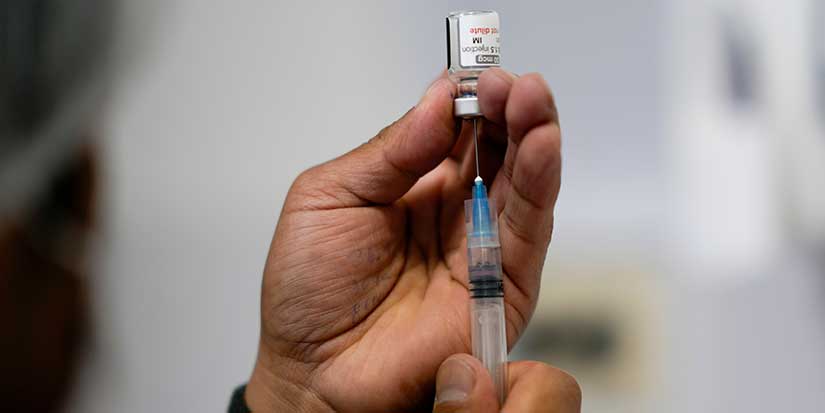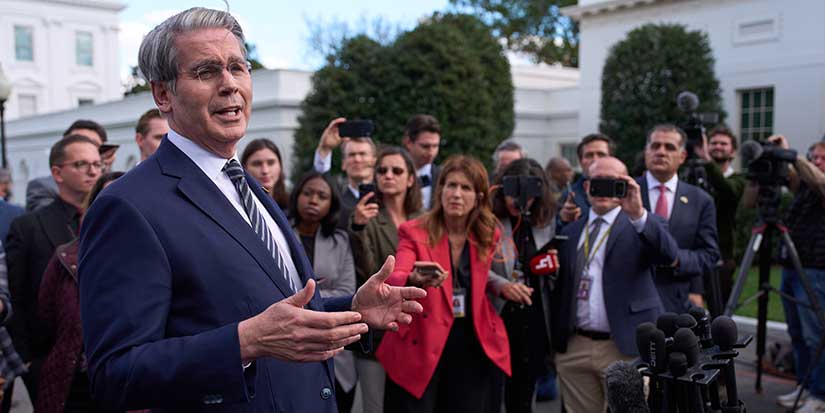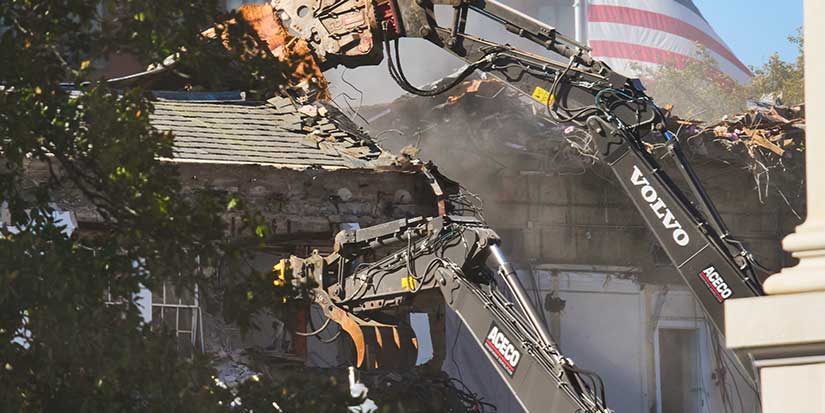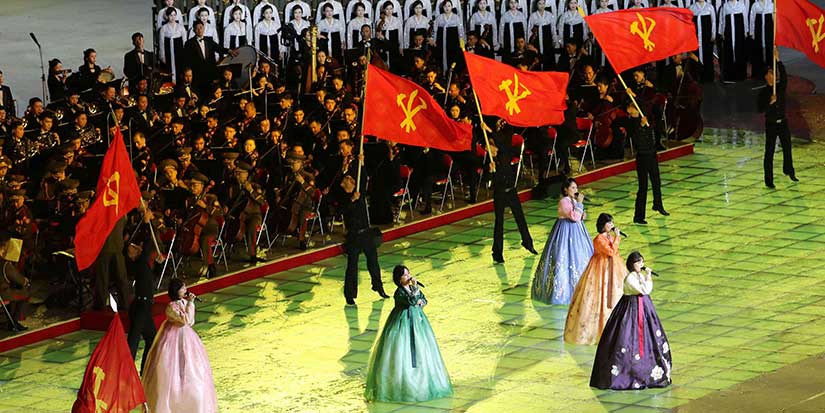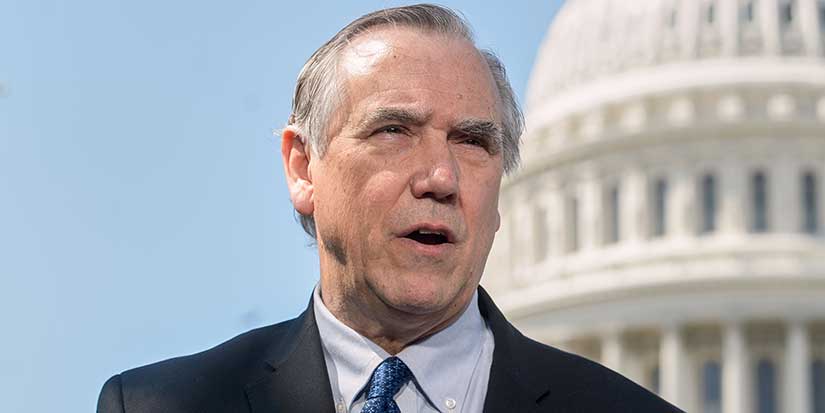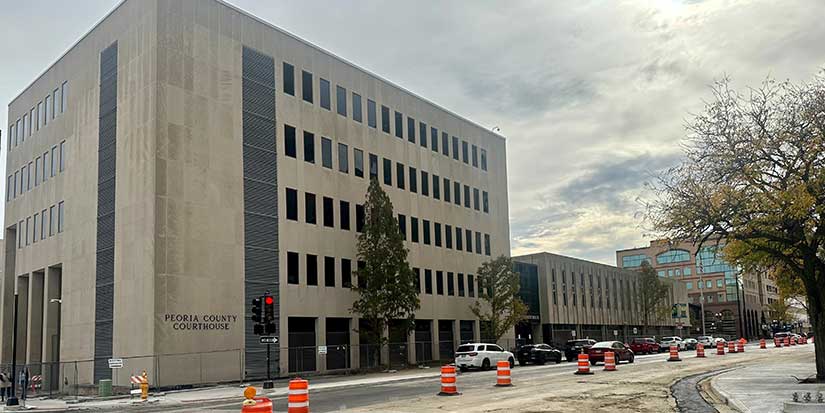Latest News
First Nations Veterans Honoured
Published 12:36 PST, Fri November 10, 2017
Last Updated: 2:12 PDT, Wed May 12, 2021
Wednesday, Nov 8, saw Aboriginal Veterans
honoured with a ceremony at the Carnegie Centre. Those assembled then march to
Victory Square for ceremonies at the Cenotaph.
Traditionally, a cenotaph has many names
inscribed upon it, the names of soldiers who have died serving in the Canadian
Armed Forces. The word cenotaph has Greek roots and literally translates to “empty
tomb.”
Often, those who died fighting for Canada
were buried in foreign fields, closer to where they died in battle, so their
families had no grave, only the cenotaph, at which to mourn. In Canada,
Remembrance Day ceremonies centre on a community’s cenotaph, as Richmond’s will
on Saturday, Nov. 11. The current edition of the Sentinel has Don Fennel’s
story about our community’s cenotaph, outside City Hall. The back page of the
same edition has the order of service fro Richmond’s official Remembrance Day
ceremonies.
Windspeaker outlines the reasons for the Nov.
8 observances, “Aboriginal veterans wanted their own day to be with their
families and communities to commemorate Aboriginal service to the country in
the Aboriginal way, but they also wanted to be able to spend Nov. 11 with their
comrades on Remembrance Day.”
From a small, personal observance, Aboriginal
Veterans Day has come to be a community event with all, First Nations and
settlers alike, welcome to show their respects for the veterans.
This year’s ceremonies featured the laying of
wreaths at the base of the cenotaph as well as traditional drumming and songs.
The Richmond Sentinel’s video shows the recessional as the official program
ended at Victory Square.
Everyone was then invited to the Aboriginal
Friendship Centre on E. Hastings St. for speeches, drumming and songs, a
blanket ceremony honouring veterans who had not yet received a blanket,
dancing, and lunch. The food was tasty, as warm and hearty as the welcome this
first-time visitor received. The gentle kindness shown to all was inspiring.
After the food, a receiving line formed for a
time to thank each of the veterans and active members of the forces, before
everyone joined hands in a circle dance. The list of people being honoured was
impressive and too many to list for fear of missing a name.
The sense of community was palpable as was
the sense of respect for the veterans.
One of the older veterans being honoured at
Aboriginal Veterans Day, Kelly Kwong, is a leader of the Chinese-Canadian
Veterans’ Association. One of the day’s organizers, Kelly E. White of the
Squamish Nation, spoke of the lengthy and close relationship between the two
groups as both had returned from wars to a country that didn’t recognize their
sacrifice or human rights. Both groups had worked together for rights as basic
as the vote, citizenship and status.
One left the Friendship Centre with a
profound appreciation of the sacrifices these men and women have made for
Canada, of the changes they’ve had to make for war, and of the challenges faced
when they come home to a country very much unchanged.
To see a moving Heritage Moment about the
valour in battle, and courage required upon return to civilian life, by a
highly-decorated Aboriginal Canadian soldier, cut and paste
historicacanada.ca/content/heritage-minutes/tommy-prince












